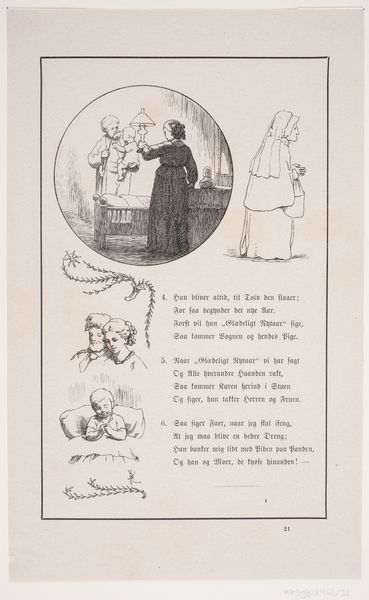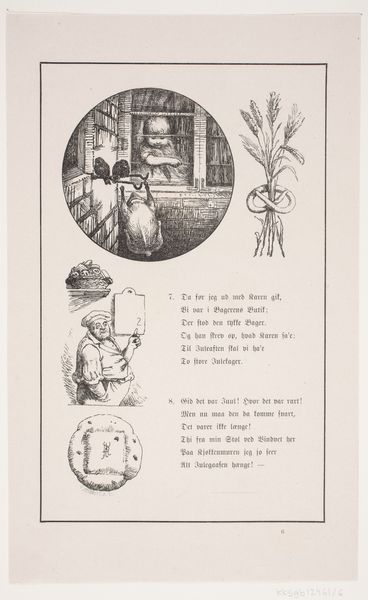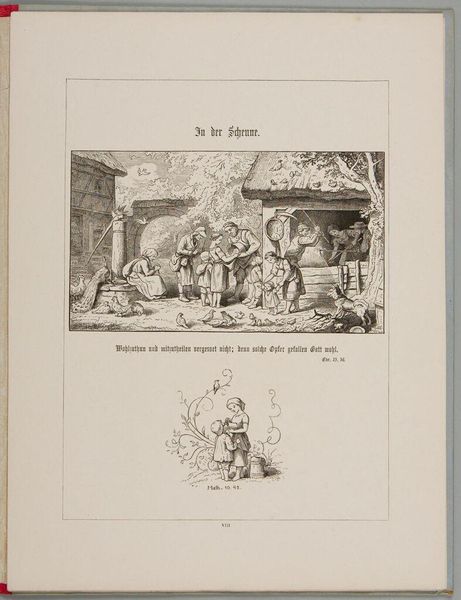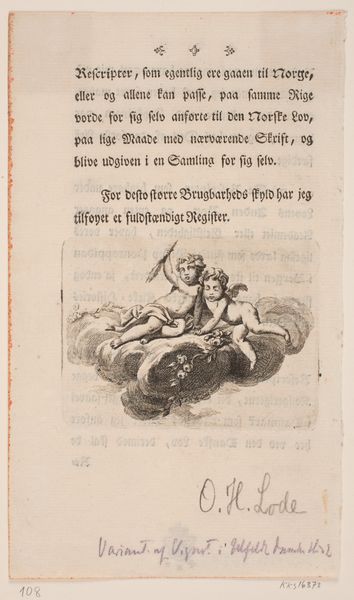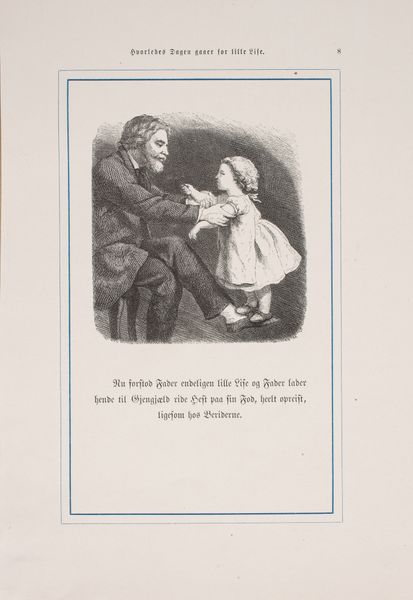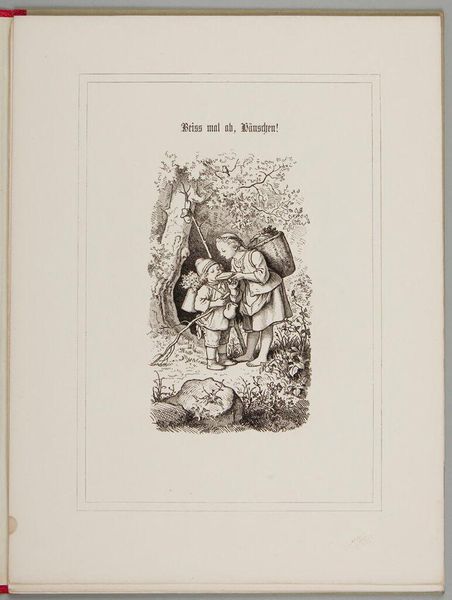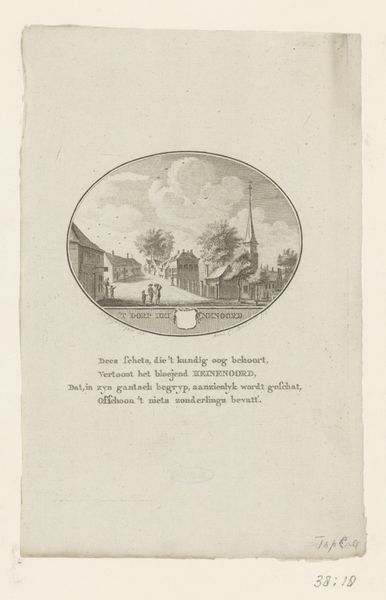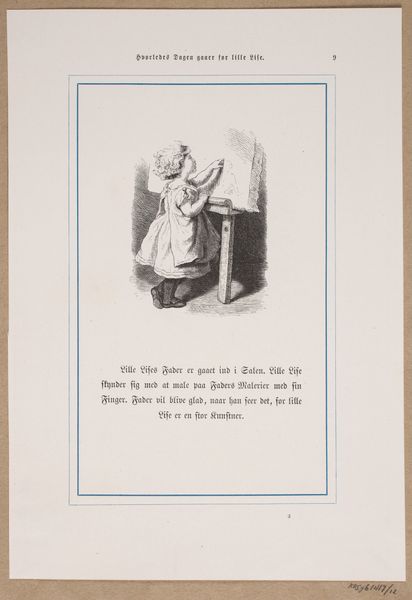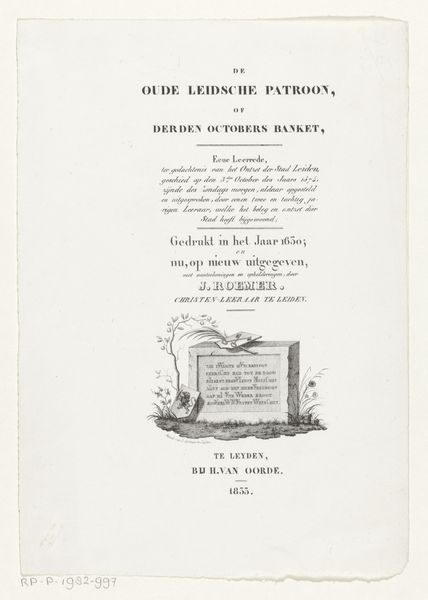
drawing, print, paper, ink, woodcut
#
drawing
# print
#
paper
#
ink
#
woodcut
Dimensions: 202 mm (height) x 115 mm (width) (bladmaal)
Editor: This is “Helene Grav” by Andreas Flinch, made in 1843. It’s a print using ink, likely woodcut, on paper. The mood feels melancholic and contemplative. What symbolic layers do you perceive in this composition? Curator: The funerary symbols speak volumes, don't they? Gravestones aren't just markers of death; they're palimpsests of cultural memory. Do you notice how the foregrounded stone echoes the form of a recumbent figure, hinting at eternal rest? The inclusion of seemingly natural objects transform these ordinary features into emblems of spiritual transition, each element holding psychological weight within a culture's understanding of death and remembrance. Editor: That's insightful. The way you describe it makes me think of ancient burial rituals. I also notice that inscription at the top – could that also point to additional symbolic interpretations? Curator: Absolutely. Words have the power to cement collective narratives around images. Here, the typography complements the imagery by alluding to narratives attached to Saint Helena - we could see links between historical sainthood, associated miracles, and ideas of earthly sacrifice and reward. Doesn't that contextual coupling add complexity? It reminds you that images seldom stand alone; they weave stories across generations. Editor: I see what you mean. It’s like the artist is consciously tapping into an existing cultural reservoir. Thank you! I never thought of looking at art through that angle of accumulated meaning before. Curator: Precisely. Paying close attention to how symbols operate, intersect and shift within a historical context unlocks the past's ongoing influence on the present.
Comments
No comments
Be the first to comment and join the conversation on the ultimate creative platform.
